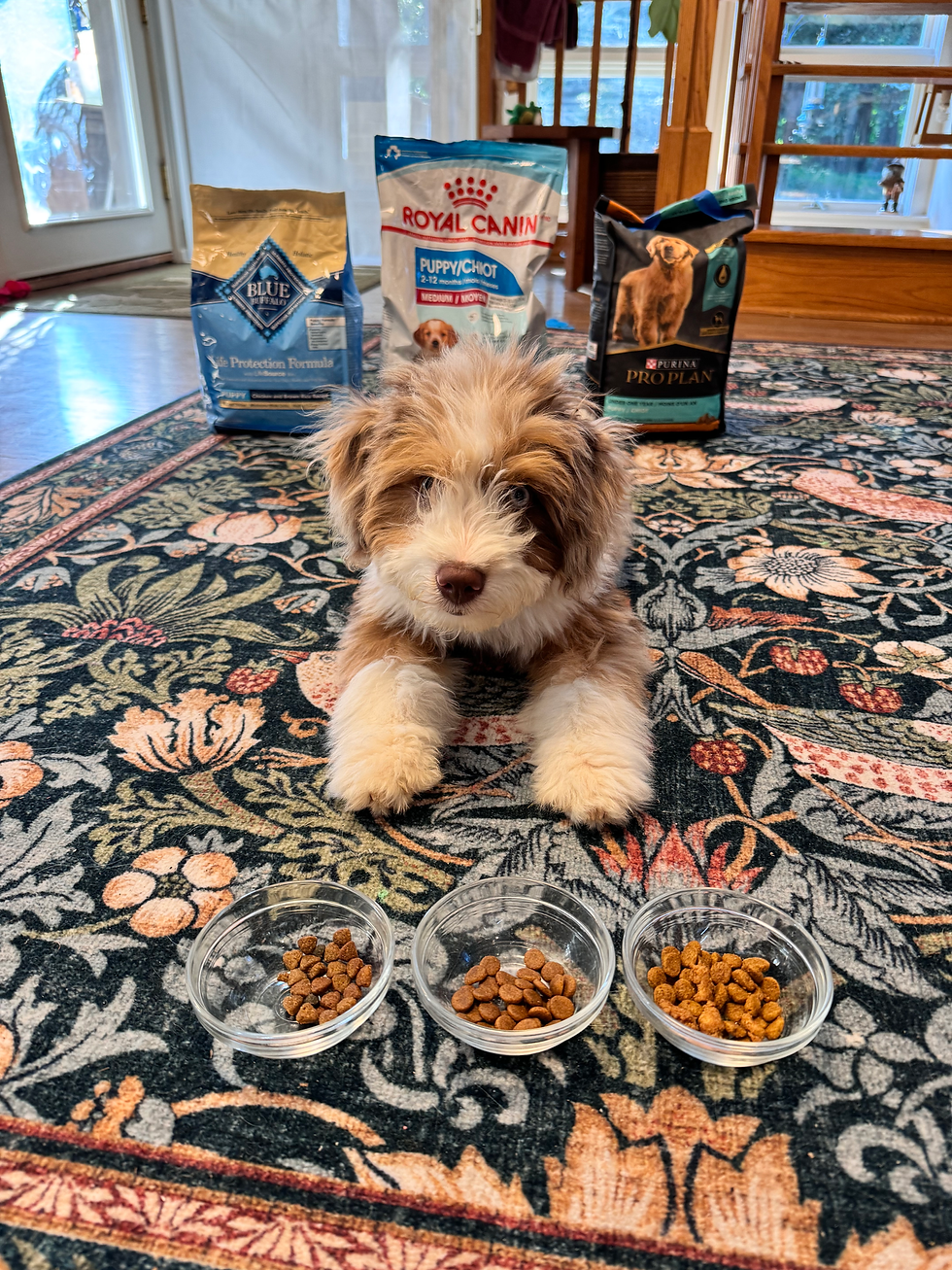Patient preferences are a tool in the commercialization path; use them well to get patient access
Patient preferences are under-appreciated as a source of evidence for FDA clearance, reimbursement, and patient access. Collecting patient preference evidence is not a requirement, so new Medtech startups may not think to include preference studies in clinical design because they don't HAVE to. As one serial COO medtech commercializer put it to me, "Why would I collect data that isn't required when I'm in constant threat for survival to the next stage?" His viewpoint is common. But, sometimes a product has slightly worse clinical outcomes but drastically better quality of life outcomes, and patients prefer it drastically. They're willing to pay for it, if the evidence is clear. Patient preference evidence is needed for a product like that.
Patient preferences are a focus of regulatory innovation. The MDUFA V commitments recognize this and include new guidance for industry to incorporate patient preference evidence generation in premarket submissions. The TAP program is designed to help pre-pivotal early stage startups consider patient needs in the evidence-generation phase. Leaders like Michelle Tarver and colleagues have been laying the groundwork for patient preferences for a long time. For example, when signals of cancer arose from certain types of breast implants, but those implants were critical for a patient subpopulation who may not have other viable options, CDRH commissioned a patient preferences study to elicit patients' willingness to trade off benefits and risks. Not only was this study helpful for policy-making around a safety signal, but it also laid another brick in the methodology of eliciting sufficient high-quality patient preferences for medtech innovation decision-making.
I digress...I sat down to run a quick fun post.
Today I ran a puppy preference study. My 15-week old puppy didn't like the food he was eating. I asked two vets what they recommended, and their answer was the same: "Large commercial brands that follow the guidelines. After that, whatever the puppy is willing to eat." (Side note: I admit am a bit neurotic about dog food. I followed the recalls and raw fads in the 2000s. I gasped at by-product meal, though now it's considered a good ingredient for joint health. My first few dogs had sensitive stomachs. I was very anxious about picking "the right" food for this puppy...)
Enter Cuda, my 15-week old Mini Aussiedoodle. He has just revealed that he likes Purina Pro Plan more than Royal Canin (a close second) or Blue Buffalo (a distant third). My study protocol was:
Feed the dog regular breakfast, so he's not starving.
Present two of the three options to sniff.
Place the options in front of the dog and wait, making him think.
Say "okay" to release him to choose.
Record which one he picked.
Repeat for each pairwise comparison.
The first trial resulted in a clear preference for Pro Plan, but I was concerned that Cuda just picked whichever he smelled second in the pairwise trial. So I re-ran the study with the reverse sniff order, same results. Next, I wanted to confirm the preference between Pro Plan and RC, so I ran multiple presentations (in bowls, in blind sniff tests, kibble on the floor). The results were clear. He liked both, and wanted both. But always went for Pro Plan first.

Thus, I will feed him Purina Pro Plan and see how it goes. I had already determined that the three options were relatively equal in other criteria (availability, adherence to vet-approved standards, price not too low that I seem like I don't care about my dog, price not too high that it looks like I'm just buying the expensive bag to ease my dog food neuroticism). So, the deciding factor was "willingness to eat," for which I needed Cuda's data. This trial gave me sufficient evidence for my decision.
If you're still reading, there is no moral of this story. I find preference studies fascinating, I think they're a key to unlocking new products that make people's lives drastically better (and regulatory decisions easier), and I neurotically love of my dog.
Hope this was of value.
~Shannon, the Optimistic Optimizer